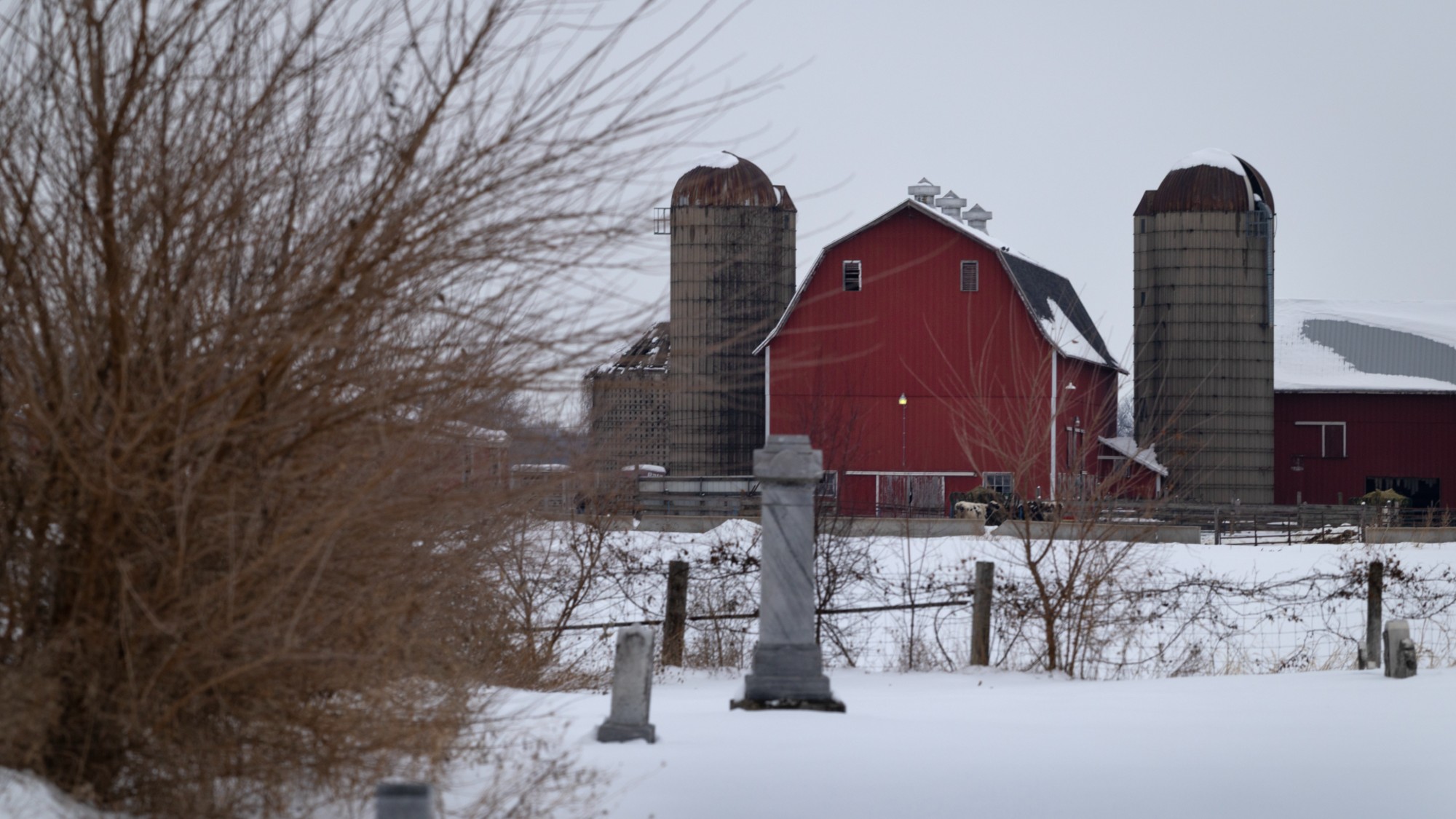The deadly odds of climbing Mount Everest: By the numbers
Four climbers were killed over the weekend, raising the towering peak's death toll to 225. And still, 200 more climbers are preparing to challenge Everest this weekend

Four climbers died over the weekend as a rush of adventurers tried to reach the top of Mount Everest, creating what Nepali mountaineering official Gyanendra Shrestha described as a "traffic jam." With so many people crowding the world's highest peak, many have to spend more time at high altitudes than they should, forcing them to use up their oxygen, and increasing the chances that the notoriously perilous climb will prove deadly. And yet, this weekend, another crowd is expected to exploit a narrow window of good weather in the prime May climbing season as they scramble for the summit. Here, a look at the risks of scaling Everest, by the numbers:
4
Climbers who died last weekend: Ha Wenyi of China, Eberhard Schaaf of Germany, Nepal-born Canadian Shriya Shah, and South Korean Song Won-bin. They were apparently killed from exhaustion and altitude sickness as they descended from the summit. Another climber, a Nepalese sherpa guide, had been reported missing, but reached base camp safely on Monday.
The Week
Escape your echo chamber. Get the facts behind the news, plus analysis from multiple perspectives.

Sign up for The Week's Free Newsletters
From our morning news briefing to a weekly Good News Newsletter, get the best of The Week delivered directly to your inbox.
From our morning news briefing to a weekly Good News Newsletter, get the best of The Week delivered directly to your inbox.
2
Nepalese guides who died on the mountain last month
15
Deaths on Everest in 1996, the most deadly climbing season on record
A free daily email with the biggest news stories of the day – and the best features from TheWeek.com
8
Deaths on May 10, 1996, the deadliest day since Edmund Hillary and Tenzing Norgay became the first climbers to reach the mountain's summit in 1953. Climbers started too late in the day, making them vulnerable to a late-afternoon snowstorm. That's why wait times caused by this month's crowds are so dangerous, says one Sherpa guide. "Having to wait for extra hours... makes the situation worse."
1
Climber who dies for every 10 successful ascents to Everest's summit
225
People who have died trying to climb the 29,035-foot Everest
192
Deaths above the 26,247-foot mark between 1921 and 2006, according to the British Medical Journal
208
Climbers who tried to reach the top of Everest last weekend
200
Climbers who will try this weekend
73
Age of the oldest woman ever to reach the summit. Tamae Watanabe — a retired office worker who lives at the foot of Japan's tallest mountain, Mount Fuji — reached the top last weekend, breaking a record she set at age 63 in 2002.
175
Wind speed, in miles per hour, recorded at the summit in February 2004. That was the highest ever, but winds of more than 100 mph are common throughout the year. When the Asian Monsoon is beginning and ending (in May and September) the winds die down, giving climbers seven- to 10-day windows when they can climb Everest without being hit by hurricane-force winds that can kill them in minutes, or simply hurl them off the mountain.
157
Minimum wind speed, in miles per hour, for a category 5 hurricane
-31
Low end of the average temperature range, in degrees Fahrenheit, at the top of Everest. The high end of the range is -4 degrees.
Sources: Associated Press, BBC News, Daily News, Popular Mechanics
-
 5 prize-winning cartoons about Donald Trump's appetite for awards
5 prize-winning cartoons about Donald Trump's appetite for awardsCartoons Artists take on operatic ambitions, peace prize pacifiers, and more
-
 Will Trump’s $12 billion bailout solve the farm crisis?
Will Trump’s $12 billion bailout solve the farm crisis?Today’s Big Question Agriculture sector says it wants trade, not aid
-
 ‘City leaders must recognize its residents as part of its lifeblood’
‘City leaders must recognize its residents as part of its lifeblood’Instant Opinion Opinion, comment and editorials of the day